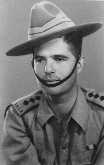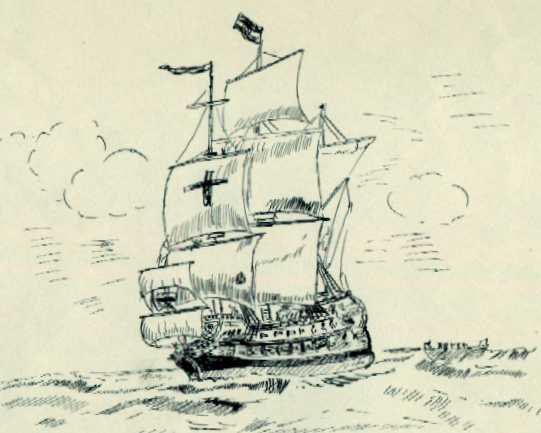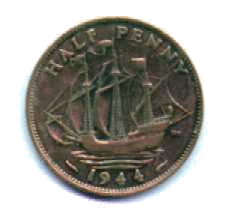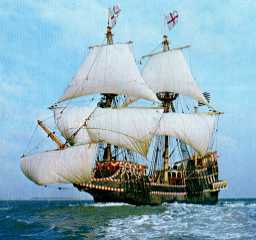|
|
About
Shipwrite
Click
here to learn more about Shipwrite's seminars.
Click
here to learn more about our logo--Sir Francis Drake's ship, the
Golden Hinde
Click
here to go to Ports and Passes, the Tide and Current Manual for the
West Coast
About
Kevin Monahan
|
Kevin
Monahan is a retired Canadian Coast Guard officer with more than 20
years experience navigating the British Columbia coast as a small
vessel captain. Born in London England in 1951, Monahan--now a
resident of Qualicum Beach, BC--emigrated to Vancouver, and
attended the University of British Columbia. He worked as a fisherman for 12
years, and on ferries and coastal transports, before joining Fisheries and Oceans
Canada as a
patrol vessel captain.
After
the merger of the
Canadian
Coast Guard with Fisheries and Oceans
Canada, Kevin
continued his work as a Coast Guard commanding officer, and later, he joined the
Coast Guard's Office of Boating Safety as supervisor of inspections and
investigations for the Pacific Region. He served as
Superintendent of the Office of Boating Safety (now part of Transport
Canada Marine) from 2001 to
2005.
In
2005, Kevin moved to Transport Canada National Headquarters in Ottawa,
Ontario. There he worked as a regulatory project manager until he
retired from the Federal Government in 2012.
|

Kevin
Monahan
|
Kevin
has lectured to the Community of Federal Regulators on the
incorporation by reference into legislation of government, industry
and IMO (International Maritime Organization) standards and has
contributed to the implementation of the Canada
Shipping Act, 2001. In 2013, he received a Queen
Elizabeth II Diamond Jubilee
Medal for his "contributions to the excellence of the public
service".
Kevin has provided expert testimony in court, including expert
testimony on the navigational uses of GPS. He is the sole author of The
Radar Book and Local
Knowledge--A Skipper's Reference, and principal author of GPS Instant
Navigation and Proven
Cruising Routes Volume 1--Seattle to Ketchikan. His articles
have appeared in numerous magazines.
Following
his retirement from the Canadian public service, Kevin worked until
2022 as
the Managing Director of Chyna Sea
Ventures, publisher of Ports
and Passes, a tide and current guide for the west coast. He was
also a part-time instructor at Western
Maritime Institute in Ladysmith, BC. Currently he gives seminars on nautical and northwest subjects, and
is developing the second edition of Local
Knowledge.
|
|
About
The Golden Hinde
|
|

More
about Hugh Monahan
Hugh Monahan Art Gallery
|
As
a young boy, my father, Hugh Monahan, was fascinated by ships and
trains. While this may seem an odd combination of interests, it
provided him with plenty of opportunity to sketch and paint. As a
young man he moved to India and became a soldier, serving for 12 years
in the famous Ghurka brigades of the Indian Army. But his first love
had always been painting and, after World War II, he turned to
wildlife art, eventually supporting his family with his paintings.
After
his death in 1970, I discovered some sketches he had made as a child,
and chief among them was a pen and ink rendering of the Golden Hinde
which I chose as the logo for Shipwrite Productions
Kevin
Monahan
|

|
|
Sir Francis Drake and The "Golden Hinde"
Beside the Victory and
the Titanic, the Golden Hinde takes its place in history
as one of the best known British ships for its
circumnavigation of the world from 1577 to 1580. For 30
years, the Golden Hinde adorned the reverse of the
English half-penny to commemorate this astounding
achievement.
With
Sir Francis Drake in command, a fleet of five small ships
left Plymouth in December 1577. As was to be
expected in the 16th century, by the time the expedition
reached the Pacific Ocean via the Strait of Magellan,
only one remained--the Golden Hinde.
Drake then turned his
little ship to the north, and raided the Spanish
settlements in Chile, Peru and Mexico. But he was not
content to stop his explorations in California. Until
recently, historians believe he sailed as far as the
Columbia River, or perhaps even to Cape Flattery, at the
entrance to Juan de Fuca Strait (which now separates
Canada and the United States), but certainly no further.
|

|
Conventional
wisdom has it that on completion of his northwest
explorations, Drake then turned south and landed in Northern
California, (or possibly Oregon), claiming the land for Queen Elizabeth
I and naming the land Nova Albion. However,
Sam Bawlf, a Canadian marine
historian, believes that Drake actually explored the
Pacific coast of British Columbia and the Alaska panhandle under secret
orders from Queen Elizabeth to search for the Northwest Passage. If Bawlf's theory is correct it means
that Drake explored northwest waters over 200 years prior to Captain
Cook's epic voyage of discovery, and certainly qualifies Drake as one
of the greatest seamen and explorers of all time.
|
|

|
Bawlf
believes that Drake searched the great west coast archipelago for the
entrance to the Northwest Passage, finally arriving at Chatham Strait, Alaska in July 1579. Though Bawlf offers much
documentary evidence to support his theory, most compelling are the
records that Drake experienced bitterly cold weather and was finally
turned back by ice. It is difficult to conceive that Drake could have
encountered ice off the coast of Oregon in June or July of any year,
even taking into account the colder weather prevailing in the
sixteenth century. However, in the Alaska panhandle, cool summer
weather is often the norm, and the great glaciers would most likely
have been advancing into the sea, and calving icebergs at an accelerated
rate--accounting for the ice and severe weather Drake
experienced.
Bawlf
also believes that on his return to warmer waters, he also explored
Johnstone Straits and Georgia Strait, and that the name Nova Albion
refers to Vancouver Island instead of Northern California.
The Golden Hinde
returned to England via the Indian Ocean, arriving in
Plymouth on September 20, 1580. In the little ship's
holds was a fortune in Spanish treasure and Moluccan
spices. Clearly the Queen of England was delighted even though the dream
of a Northwest passage continued elusive.
|
National
Portrait Gallery, London
|
Drake played a major role in the
defeat of the Spanish Armada in 1588. It is rumoured that
Drake was bowling when informed that the Armada had been
sighted in the English Channel. He turned to the
messenger and calmly announced that he would finish his
game first, and then see to the Spaniards. True to his
word, Drake, and the other English captains, took their
handy little ships directly alongside the monstrous
Spanish galleons.
While the
Spanish guns were firing over their heads and through
their sails, the little ships were able to place every shot
where it counted, through the hulls of the galleons at
the waterline. Before long, the English Channel and the
North Sea storms finished off the armada. Only a few of
the hundreds of Spanish ships ever made it home again.
Shipwrecked Spanish sailors
drifted ashore in huge numbers in Scotland and Ireland,
and though most were murdered as soon as they landed, a
few remained, and donated their swarthy appearance to
many Irish families (the Black Irish).
Whatever Drake's role
in history--explorer, soldier, adventurer or pirate--he
and his little ship, the Golden Hinde, have successfully
created a place for themselves in legend.
|

Replica
of the Golden Hinde, built in 1973
|
|
|